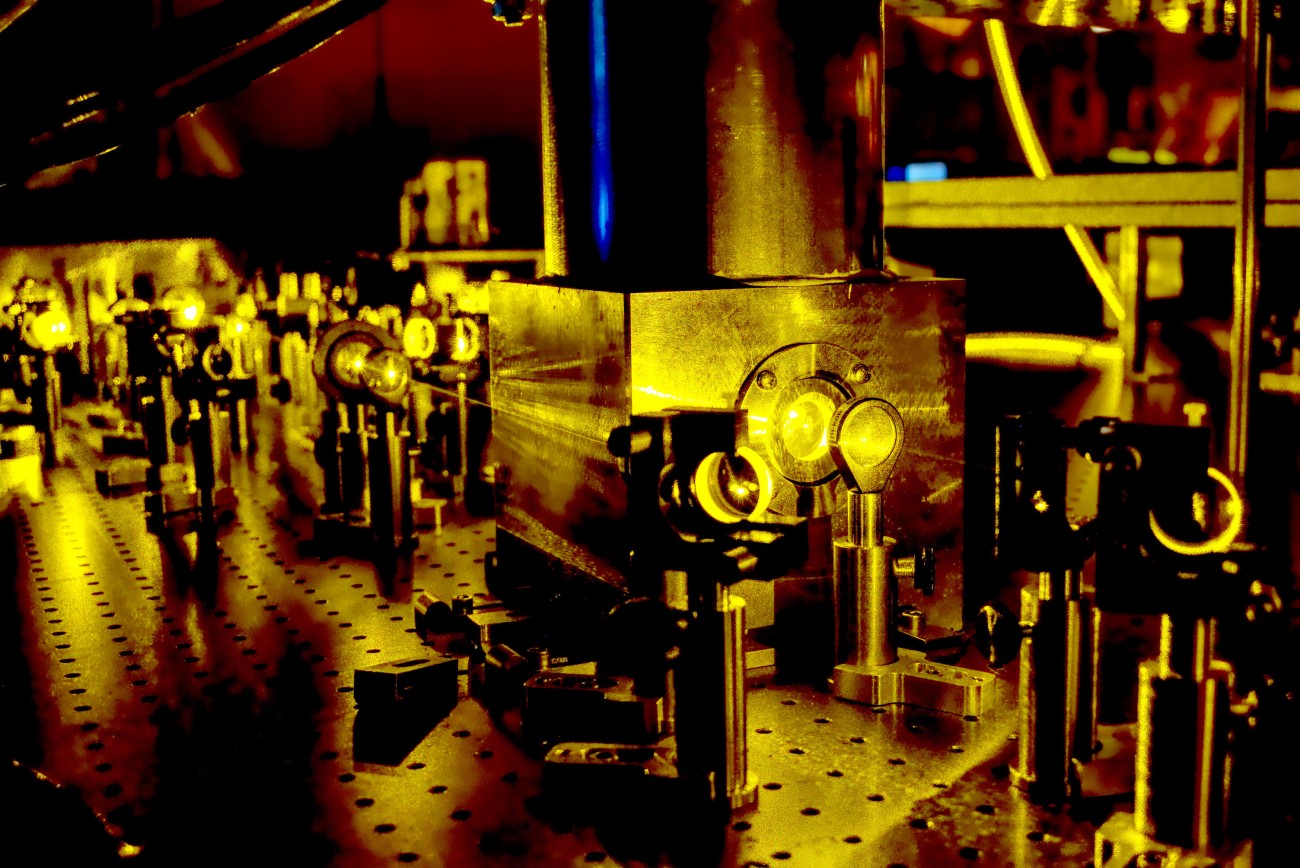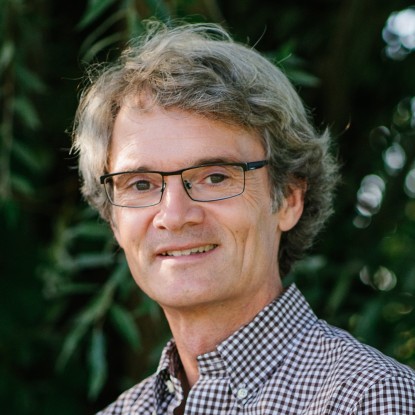Optical quantum memories serve to stop and store single photons as carriers of optically and quantum mechanically encoded information. As a storage protocol, our team focuses on electromagnetically-induced transparency (EIT) and related approaches to “write” photons onto atomic excitations in specific solids, i.e., rare-earth ion doped crystals (REICs), and “read” them on-demand time afterwards. REICs combine the advantages of free atoms in the gas phase (spectrally narrow transitions and long coherence times) with the advantages of solids (scalability, integrability, and robust handling). We combine the storage protocol with sophisticated techniques of coherence control by strong magnetic fields and composite radio frequency pulse sequences. These reduce the effect of perturbing decoherence processes in the solid-state memory and permit significant improvements of storage time and storage efficiency. Such, for classical light pulses we achieved storage times in the regime of one minute and storage efficiencies approaching 80 %. For non-classical light at the level of a single photon we demonstrated storage times of one second at an efficiency beyond 10 %. Moreover, we develop novel, coherent techniques to overcome the diffraction limit of optical excitations to address memory volumes with spatial resolution far below the diameter of the driving laser pulses, e.g., to boost the storage capacity.
Selected References
Light storage by electromagnetically induced transparency for one second at the level of a single photon in Pr3+:Y2SiO5 prepared with multiple frequency ensembles
M. Hain, N. Stewen, and T. Halfmann
New J. Phys. 27, 023029 (2025)
DOI: 10.1088/1367-2630/adb510
Spatial confinement of atomic excitation by composite pulses in a doped solid
M. Stabel, N. Joseph, N.V. Vitanov, and T. Halfmann
Phys. Rev. A 110, 023526 (2024)
DOI: 10.1103/PhysRevA.110.023526
Confining atomic populations in space via stimulated Raman adiabatic passage in a doped solid
M. Stabel, L. D. Feldmann, and T. Halfmann
J. Phys. B: At. Mol. Opt. Phys. 55, 154003 (2022)
DOI: 10.1088/1361-6455/ac7925
Arbitrarily accurate pulse sequences for robust dynamical decoupling
G. T. Genov, D. Schraft, N. V. Vitanov, and T. Halfmann
Phys. Rev. Lett. 118, 133202 (2017)
DOI: 10.1103/PhysRevLett.118.133202
Stopped light at high storage efficiency in a Pr3+:Y2SiO5 crystal
D. Schraft, M. Hain, N. Lorenz, and T. Halfmann
Phys. Rev. Lett. 116, 073602 (2016)
DOI: 10.1103/PhysRevLett.116.073602
For feedback of media for the general public to our research projects in solid state quantum memories, see, e.g. Spiegel Online (2013).


